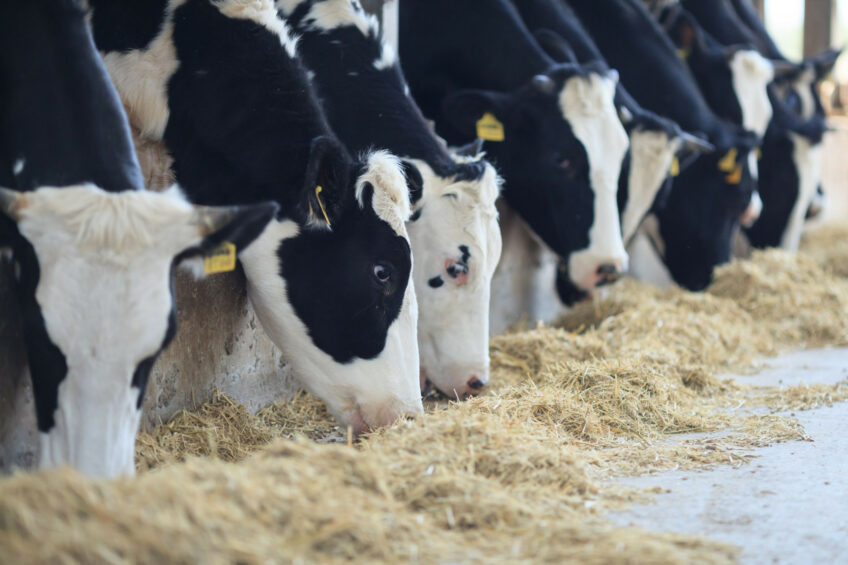Eurasia Economic Union adopts new rules on antibiotics

New maximum permissible levels of residual veterinary drugs in livestock products have been approved in the Eurasia Economic Union (EEU), a bloc of 5 post-Soviet countries. The rules are, primarily, called to protect consumers from feed antibiotics, though their non-therapeutic use remains permitted despite growing fears of superbug.
Eurasia Economic Commission, the EEU governing body, has imposed caps on the residual of 75 veterinary drugs commonly used in the livestock industry. The standards are due to come into force in all member states, including Russia, Belarus, Kazakhstan, Armenia, and Kyrgyzstan, from 10 January 2026, as the industry requires a transition period to adopt the changes, the Eurasia Commission said in an explanatory note.
Under the old technical regulations, maximum permissible levels were not prescribed for the majority of controlled veterinary pharmaceuticals, the policymakers stated.
Amoxicillin in spotlight
The adopted rules impose caps of 0.05 mg/kg on amoxicillin in processed and non-processed livestock production, among other substances. “Higher values pose a danger to consumers, and such products cannot be released into circulation,” the note said.
A broad scope
The amendments also impose requirements for monitoring residual quantities of veterinary drugs not registered in the EEU, which experts say is especially important for imported products.
Russian veterinary officials usually detect residues of tetracycline antibiotics, macrocyclic lactones, nitroimidazoles, nitrofurans, coccidiostats, quinolones and non-steroidal anti-inflammatory drugs during routine inspections of livestock products, Dmitry Makarov, senior researcher at the All-Russian State Center for Quality and Standardization of Veterinary Medicines and Feed, said.
Keeping customers safe
“If the drugs are detected in concentrations above the permissible level, the use of contaminated products poses a health risk depending on the detected agent. For instance, the use of products with exceeded permissible levels of tetracyclines and quinolones may pose a risk of intestinal microflora disorders and the development of antibiotic resistance in commensal and pathogenic bacteria in the human body,” Makarov said.
Pros and cons
The adopted rules are stricter than some of the regulations imposed in the European Union, according to Oleg Zhukov, director of Nita-Pharm, a local veterinary pharmaceutical manufacturer. They should bring the technical standards across the trade block in order, he added, explaining that there were certain contradictions between several technical regulations in this field.
However, the non-therapeutic use of veterinary drugs, including feed antibiotics, remains largely permitted across EEU countries. Over the past few years, local environmentalists repeatedly expressed concerns that such practices pose certain risks of growing antibiotic resistance and an emergency of superbugs.











